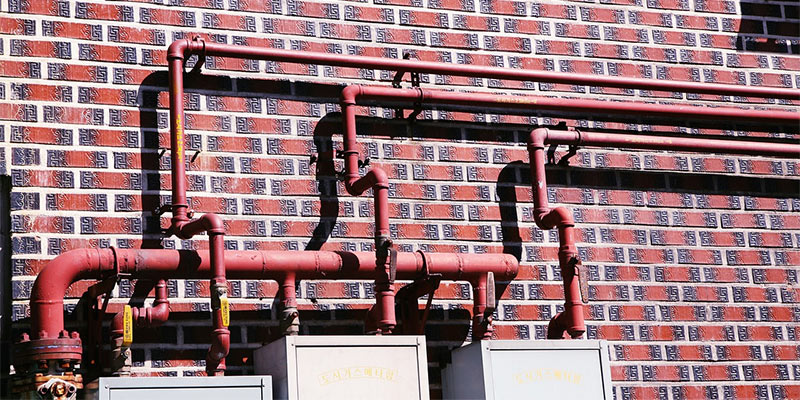
Very few home owners can simply ignore standing water in their yards. Stagnant pools are unsightly and create several problems including flooding, mud, stench and insects. Creating a yard drain requires a lot planning and hard work, but maintaining and repairing an existing drainage system does not have to be difficult.
The structure of a yard drain is relatively simple. It consists of a metal or plastic grate covering an underground basin that catches water, and underground pipes that run from the basin to a place near the end of the property where the water can disperse. Drain maintenance typically consists of keeping the system clean of debris and making certain that water runs through it freely. Drain repairs typically consist of replacing broken parts and digging new channels.
The usual causes of drain malfunction include blockage and breakage. Like any other type of drain, yard drains get clogged. Types of clogs include leaves, grass, rocks, wood and pests. In dry months, varmints like mice and squirrels will climb into a drain and make it their home. The varmints do not always make it out before water comes flooding through, and even when they do, they almost always leave their nests behind.
Simple drain maintenance is the best way to prevent blockage. Maintenance includes routinely clearing away any debris around the grate, in the basin and in the pipes. Even the smallest amount of leaves or twigs will restrict water flow and accumulate more debris, eventually clogging the system altogether. Debris around the basin and grate may be cleared away by hand, however, maintenance also includes running water through the pipes to clear them out and to make certain that there is nothing clogging them.
Drain repairs are necessary when parts break. Common breaks include the grate and the pipes. Grates get broken when children step on them while playing in the yard, or when adults step on them while mowing the yard or watering. Pipes break because they are often buried relatively shallow and are vulnerable to heavy weight. They are also prone to freezing and root invasion.
The simplest way to repair a broken grate is to replace it. Pipe repairs require replacement pipe, as well as digging up the pipe and burying the new pipe. Research may be necessary to determine the proper pipe to use. Perforated pipe is common for yard drainage, and different sizes are available for the different needs of each individual system. Small pipe is more resistant to breakage, but larger pipe may be necessary to resist clogging. In most cases, consulting a professional is the best way to make sure the job is done right.
